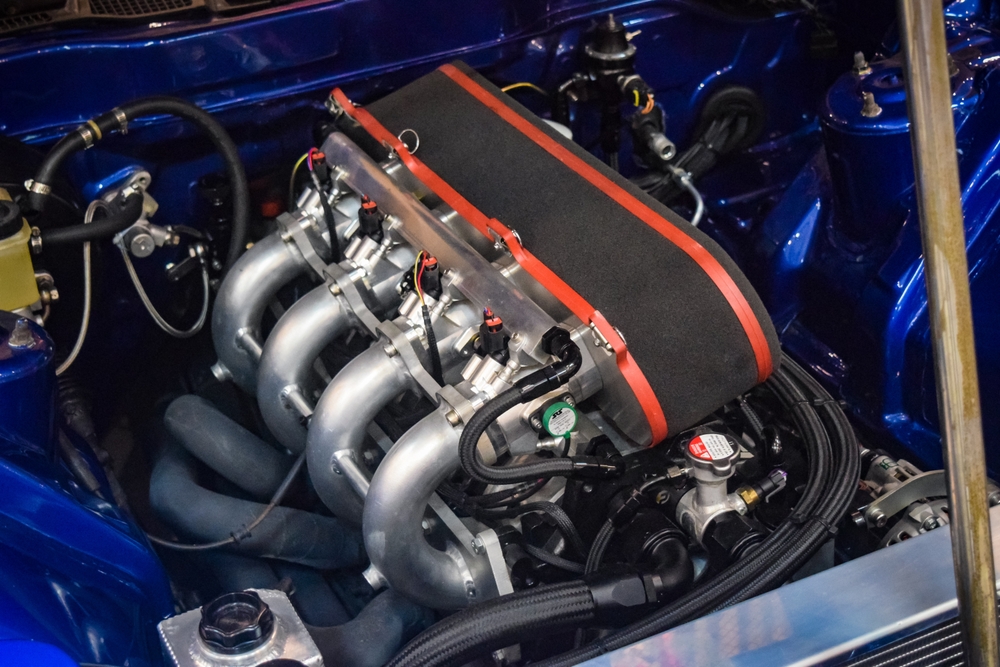Revolutionizing Wireless: The Promise of Visible Light Communication
Imagine a world where every light bulb doubles as a high-speed internet hotspot, where data flows through the air on beams of light, invisible to the naked eye yet transforming our digital landscape. This isn't science fiction—it's the emerging reality of Visible Light Communication (VLC), a groundbreaking technology poised to reshape wireless connectivity as we know it.

The concept of using light for communication isn’t new—it dates back to ancient civilizations using fire beacons. However, the modern iteration of VLC began taking shape in the early 2000s, with researchers exploring ways to leverage LED technology for data transmission. The potential for ultra-high-speed, secure, and energy-efficient wireless communication quickly caught the attention of both academia and industry.
The Technical Marvel Behind Light-Based Data Transmission
At its core, VLC relies on the rapid switching of LEDs between on and off states to create binary code. This switching occurs millions of times per second, far too fast for human perception but easily detectable by sensors. The technology employs various modulation schemes, such as On-Off Keying (OOK) and Orthogonal Frequency Division Multiplexing (OFDM), to encode data into light signals.
One of the most exciting aspects of VLC is its potential for staggering data rates. Laboratory experiments have demonstrated speeds of up to 224 Gbps, far surpassing current Wi-Fi capabilities. This incredible throughput is made possible by the vast bandwidth available in the visible light spectrum, coupled with advanced signal processing techniques.
Advantages That Shine Bright
VLC offers a multitude of benefits that set it apart from traditional wireless technologies. Firstly, it provides enhanced security, as light cannot penetrate walls, reducing the risk of data interception. This feature makes VLC particularly attractive for sensitive environments like hospitals and government facilities.
Energy efficiency is another significant advantage. VLC piggybacks on existing lighting infrastructure, potentially reducing the energy consumption associated with wireless communication. Moreover, the dual functionality of illumination and data transmission could lead to more sustainable smart building designs.
Interference is a common challenge in radio frequency-based systems, but VLC operates in a different spectrum altogether. This characteristic allows for its use in environments where radio waves are problematic, such as aircraft cabins or underwater settings.
Challenges on the Path to Illumination
Despite its promise, VLC faces several hurdles on its path to widespread adoption. One primary challenge is the line-of-sight requirement for data transmission. Unlike radio waves, light cannot bend around corners or pass through opaque objects, potentially limiting VLC’s range and flexibility in certain scenarios.
Ambient light interference poses another obstacle. Sunlight and other light sources can impact the reliability of VLC systems, necessitating robust signal processing algorithms and adaptive technologies to maintain consistent performance across various lighting conditions.
Standardization remains a critical issue. While organizations like the IEEE are working on VLC standards (such as 802.15.7), the technology ecosystem is still in its infancy compared to well-established wireless protocols.
Real-World Applications and Future Prospects
Despite these challenges, VLC is finding its way into various applications. In retail environments, it’s being explored for indoor positioning and personalized customer experiences. Imagine receiving tailored product information on your smartphone as you walk through store aisles, guided by overhead LED lights.
The automotive industry is another fertile ground for VLC innovation. Vehicle-to-vehicle communication using car headlights and taillights could enhance road safety and traffic management. This application showcases VLC’s potential to complement existing technologies in creating more intelligent transportation systems.
Looking ahead, the integration of VLC with other emerging technologies holds tremendous promise. For instance, combining VLC with augmented reality could revolutionize how we interact with our environment, overlaying digital information onto the physical world with unprecedented precision and speed.
Illuminating the Path Forward
As we stand on the cusp of a new era in wireless communication, Visible Light Communication shines as a beacon of innovation. Its potential to deliver ultra-fast, secure, and energy-efficient connectivity could reshape our digital infrastructure, from smart homes to industrial IoT applications.
While challenges remain, ongoing research and development efforts are rapidly addressing these hurdles. As VLC technology matures and standards evolve, we can expect to see its integration into an ever-widening array of devices and environments.
The future of wireless communication is bright—literally. As VLC continues to evolve, it promises to illuminate new possibilities in how we connect, communicate, and interact with the digital world around us. In this light-powered future, every bulb could be a gateway to the vast ocean of digital information, transforming our spaces into seamlessly connected, intelligent environments.





